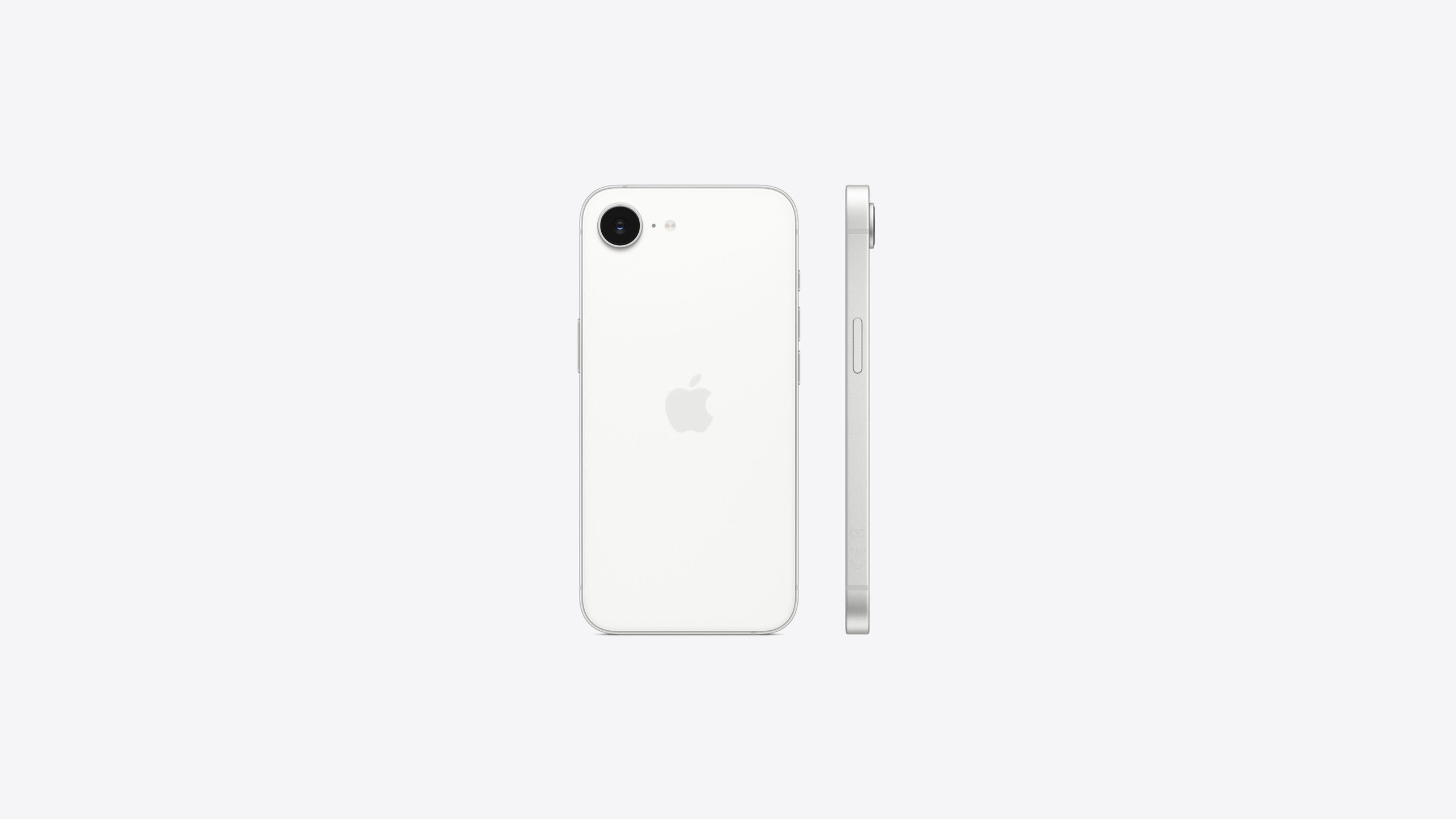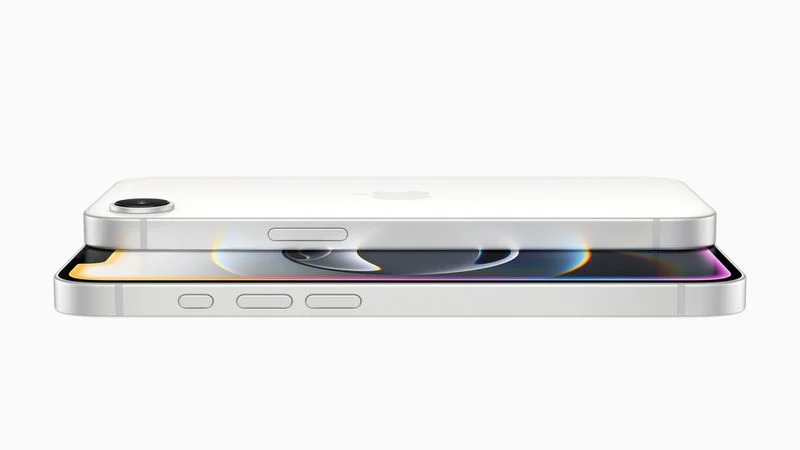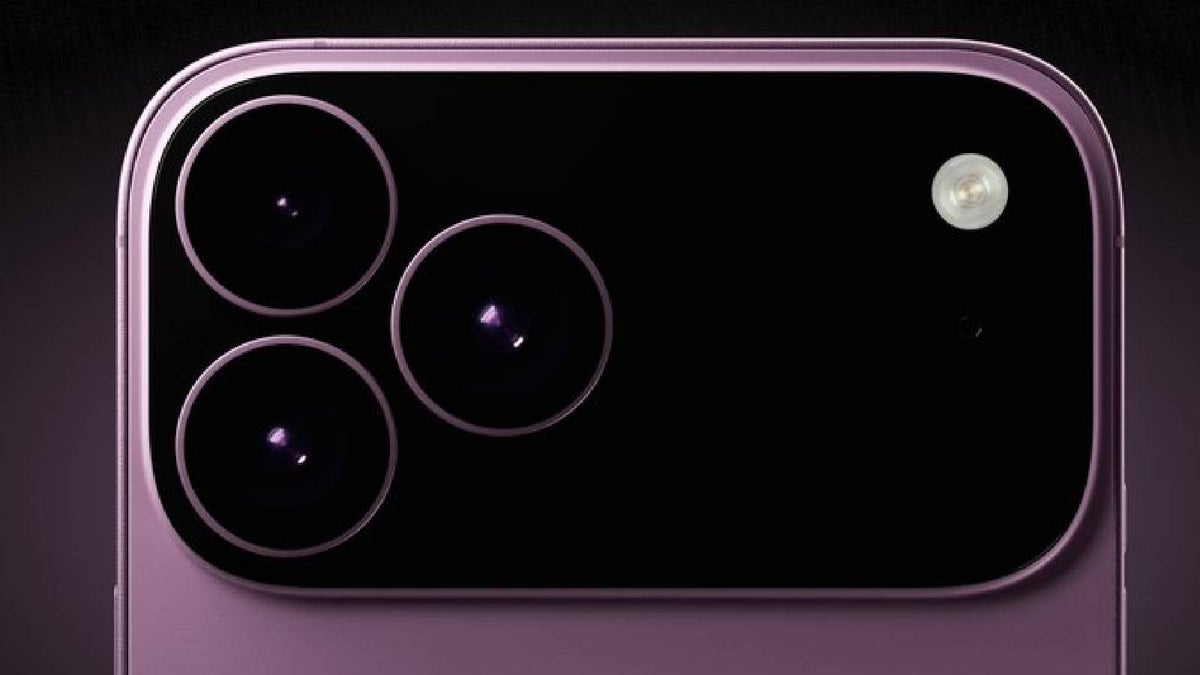For years, Apple’s “SE” line has offered a compelling entry point into the iOS ecosystem, providing a familiar iPhone experience at a more accessible price. However, recent whispers from the rumor mill suggest a significant shift in strategy, potentially rebranding the next iteration as the “iPhone 16E.” This raises a multitude of questions: What does this name change signify? What features can we expect? And what does it mean for Apple’s broader product strategy? Let’s delve into the details.
The rumor originates from the Chinese social media platform Weibo, where prominent leaker “Fixed Focus Digital” initially floated the “iPhone 16E” moniker. This claim was later corroborated by another leaker, Majin Bu, on X (formerly Twitter), adding a degree of credibility to the speculation. While the exact capitalization (“E,” “e,” or even a stylized square around the “E”) remains unclear, the core idea of a name change has gained traction.
This potential rebranding is intriguing. The “SE” designation has become synonymous with “Special Edition” or “Second Edition,” implying a focus on value and often featuring older designs with updated internals. The “16E” name, however, positions the device more clearly within the current iPhone lineup, suggesting a closer alignment with the flagship models. Could this signal a move away from repurposing older designs and towards a more contemporary aesthetic for the budget-friendly option?
The whispers don’t stop at the name. Numerous sources suggest the “iPhone 16E” will adopt a design language similar to the iPhone 14 and, by extension, the standard iPhone 16. This means we can anticipate a 6.1-inch OLED display, a welcome upgrade from the smaller screens of previous SE models. The inclusion of Face ID is also heavily rumored, finally bidding farewell to the outdated Touch ID button that has lingered on the SE line for far too long.
Internally, the “16E” is expected to pack a punch. A newer A-series chip, likely a variant of the A16 or A17, is anticipated, providing a significant performance boost. The inclusion of 8GB of RAM is particularly noteworthy, potentially hinting at enhanced capabilities for “Apple Intelligence” features and improved multitasking. Furthermore, the “16E” is rumored to sport a single 48-megapixel rear camera, a significant jump in image quality compared to previous SE models. The long-awaited transition to USB-C is also expected, aligning the “16E” with the rest of the iPhone 15 and 16 lineups.
One of the most exciting rumors is the inclusion of Apple’s first in-house designed 5G modem. This would mark a significant step towards Apple’s vertical integration strategy and could potentially lead to improved 5G performance and power efficiency. However, whether the “16E” will inherit the Action button introduced on the iPhone 15 Pro models remains uncertain.
The credibility of the “iPhone 16E” name hinges largely on the accuracy of “Fixed Focus Digital.” While the account accurately predicted the “Desert Titanium” color for the iPhone 16 Pro (though this was already circulating in other rumors), it also missed the mark on the color options for the standard iPhone 16 and 16 Plus. Therefore, the upcoming months will be crucial in determining the reliability of this source.
The current iPhone SE, launched in March 2022, starts at $429 in the US. Given the anticipated upgrades, including a larger OLED display, Face ID, and improved internal components, a price increase for the “16E” seems almost inevitable. The question remains: how significant will this increase be?
In conclusion, the “iPhone 16E” rumors paint a picture of a significantly revamped budget iPhone. The potential name change, coupled with the anticipated design and feature upgrades, suggests a shift in Apple’s approach to its entry-level offering. While some uncertainties remain, the prospect of a more modern, powerful, and feature-rich “E” model is undoubtedly exciting for those seeking an affordable gateway into the Apple ecosystem. Only time will tell if these rumors materialize, but they certainly provide a compelling glimpse into the future of Apple’s budget-friendly iPhones.
Source







